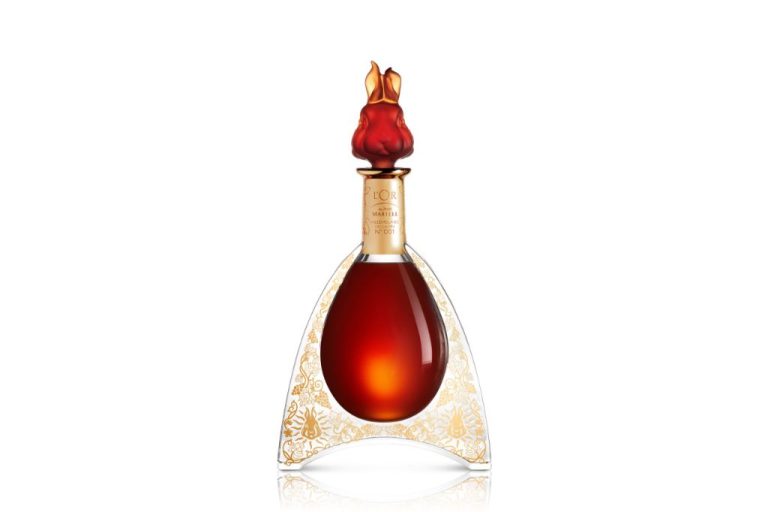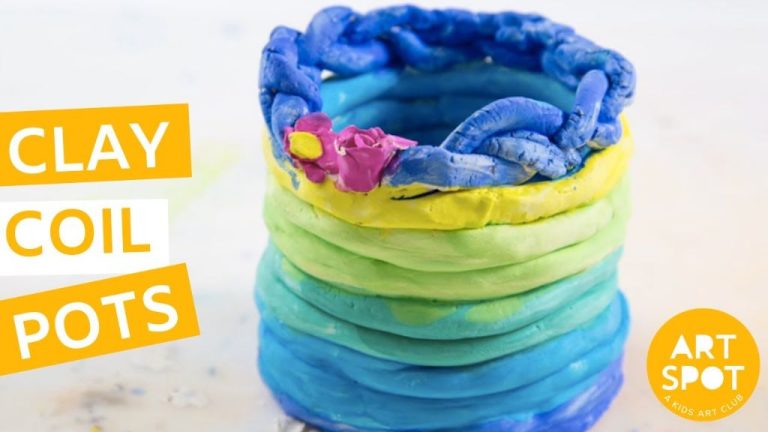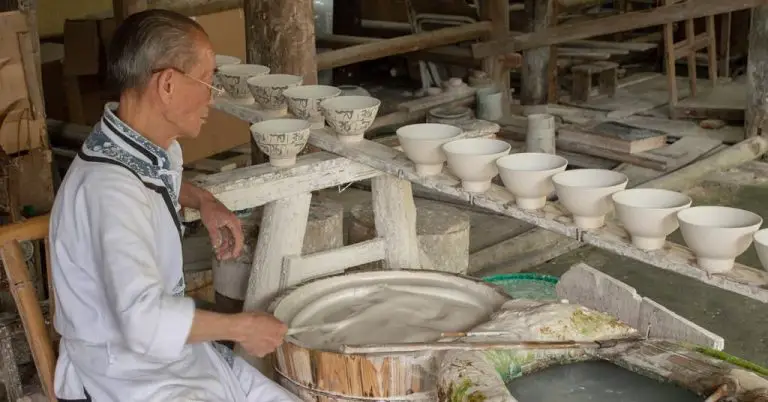What Are Salt And Pepper Shakers Made Out Of?
History of Salt and Pepper Shakers
Salt and pepper shakers have a long history dating back to ancient times. Originally, salt and pepper were served from simple open dishes and containers. However, with the advent of new manufacturing methods during the Industrial Revolution, more refined and decorative salt and pepper shakers began to emerge.
Some of the earliest patented salt and pepper shaker designs appeared in the late 19th century in the United States and Britain. Inventors began experimenting with different materials and mechanisms to shake and dispense salt and pepper. Thomas Tucker patented a metal condiment shaker with perforations in 1839, while John Landis Mason received a patent for the twisted metal thread caps on glass salt and pepper shakers in 1858.
By the early 20th century, salt and pepper shakers were being mass produced in many different styles and materials including glass, metal, ceramic and plastic. Some popular designs from this era were the double glass balloon shakers, figural ceramic shakers shaped like people or animals, and elegant silver plated metal shakers. The production of matching salt and pepper sets also became common.
In the mid 20th century, colorful and whimsical designs became fashionable. Plastic and acrylic shakers emerged as a cheaper alternative. More recently, there has been a revival of classic glass and ceramic styles as well as a push for eco-friendly materials and designs. Salt and pepper shaker innovations continue today with built-in grinders, lights, oversized and travel designs, among others.
Common Materials
Salt and pepper shakers come in a variety of materials, with some of the most common including:
Glass
Glass is one of the most popular materials for salt and pepper shakers due to its optical clarity and ability to allow the user to easily see the contents inside. Glass shakers often have a classic elegance and timeless style. However, glass is breakable if dropped.
Plastic
Plastic shakers are inexpensive, lightweight, and durable. They come in a wide range of colors and styles. However, lower quality plastic can scratch or wear over time. Higher end plastics like acrylic can have an attractive transparency similar to glass.
Ceramic
Ceramic shakers have an artisanal appeal and are often found in creative shapes and patterns. Stoneware and porcelain are common ceramic types used. Though more fragile than plastic, ceramic is typically durable for everyday use.
Metal
Metal shakers like stainless steel, pewter, or silver have a sleek, modern look. Stainless steel is lightweight, durable, and often made in streamlined shapes. Pewter and silver have an elegant luster. Metal shakers can be prone to tarnishing or denting if not handled with care.
Wood
Wood shakers have a warm, natural aesthetic. Common woods used include maple, walnut, poplar, and oak. Wood offers artisanal appeal but can warp or scratch over time. Some wooden shakers are made of composite wood materials.
Glass
Glass is a very common material used to make salt and pepper shakers due to its clear, transparent look that allows visibility of contents inside and its impermeable quality that helps keep moisture out. Some pros of using glass are:
- Allows you to easily see salt/pepper levels
- Impermeable so keeps contents dry
- Easy to clean
- Feels premium in hand
Some cons are:
- Can break if dropped
- Not as durable as other materials like metal or ceramic
The most common types of glass used are soda-lime glass, borosilicate glass, and lead glass. Soda-lime glass is the least expensive and most widely used – it’s durable but more prone to breaking compared to borosilicate. Borosilicate glass is stronger and more resistant to temperature changes. Lead glass has high clarity and brilliance but is also softer and less resistant to damage.
Plastic
Plastic has become one of the most popular materials for salt and pepper shakers thanks to its versatility and low cost. Some pros of plastic shakers include:
- Lightweight and durable
- Can be molded into various shapes and colors
- Affordable to produce in high volumes
- Shatterproof and dishwasher safe
However, plastic also has some downsides:
- Not as aesthetically pleasing as glass or ceramic
- Can absorb odors and stains over time
- Some plastics contain BPA and phthalates
- Not biodegradable or easily recyclable
The most common types of plastic used for salt and pepper shakers are:
- Polypropylene – durable, shatterproof plastic often used for clear shakers
- Acrylonitrile butadiene styrene (ABS) – durable opaque plastic
- Polyethylene – flexible plastic used for squeeze bottles
- Silicone – heat resistant, soft-touch plastic coating
Overall plastic offers conveniences like being shatterproof and lightweight but doesn’t have the classic look or longevity of materials like glass or ceramic.
Ceramic
Ceramic is one of the most common materials used to make salt and pepper shakers. It offers some pros and cons compared to other materials:
Pros:
- Ceramic is durable and resistant to scratching, chipping, and breaking.
- It comes in a wide range of styles, colors, and decorative designs.
- Ceramic shakers have a classic elegance and unique artisanal feel.
- Glazed ceramic is non-porous, so salt and pepper won’t get stuck in pores.
Cons:
- Unglazed ceramic can absorb liquids and stain.
- Ceramic shakers are heavier than plastic or glass.
- They may chip, crack, or break if dropped.
There are several types of ceramic used to make salt and pepper shakers:
- Porcelain – A fine, white, translucent ceramic often used for decorative shakers.
- Stoneware – Made from clay that is fired at high temperatures to be durable and watertight.
- Earthenware – A coarser clay that absorbs some liquid and requires a glaze.
- Terracotta – An unglazed, natural reddish-brown earthenware.
The type of ceramic determines properties like durability, porosity, and appearance.
Metal
Metal is another popular material for salt and pepper shakers. Many antique shakers were made of silver, pewter or other metals. Some of the pros of metal shakers include:
- Durability – Metal is very durable and long-lasting.
- Weight – The heft of metal shakers gives them a nice feel in the hand.
- Decorative – Metal shakers can have elaborate decorative designs.
Some of the downsides of metal shakers include:
- Cost – Precious metals like silver can be expensive.
- Tarnishing – Metals like silver need regular polishing to maintain their luster.
- Temperature – Metal conducts temperature, so shakers can get hot or cold to the touch.
Common metals used for salt and pepper shakers include silver, pewter, tin, brass, copper, and stainless steel. Silver plated shakers are also popular for their classic look without the high cost of solid silver. Each metal has its own properties that can be advantageous for shakers.
Wood
Wood is a popular material for handcrafted and artisanal salt and pepper shakers. Wood provides a warm, natural aesthetic that many prefer over materials like plastic or metal. Hardwoods like maple, walnut, oak, and mahogany are commonly used for wood salt and pepper shakers.
Wood shakers stand out with beautiful, unique grains and colors. Compared to materials like glass or ceramic, wood provides more friction and grip, making shakers easier to pick up and use. Wood is also lightweight yet durable. Though prone to scratches, wood shakers develop character over time.
However, wood is porous and can absorb odors and flavors over time. Moisture can also cause wood shakers to crack or warp. To prevent this, most wooden salt and pepper shakers have an interior liner or finish to create a protective barrier. Proper care is required to prevent drying out.
The most common woods used for salt and pepper shakers are:
- Maple – Hard, dense, and smooth with a light color. Stains well.
- Walnut – Rich brown color with visible grain patterns. Adds sleek sophistication.
- Oak – Durable and moisture-resistant. Varies from light to dark brown colors.
- Mahogany – Luxurious reddish-brown wood with a consistent grain.
While most mass-produced wood shakers use maple or cheaper woods, artisan woodworkers often opt for more interesting hardwoods like olive, rosewood, ebony, and teak for unique designs.
Other Materials
While glass, plastic, ceramic, metal, and wood are the most common materials used to make salt and pepper shakers, some unique and less mainstream options exist as well.
Crystal salt and pepper shakers are a luxurious and elegant option, made from high-quality crystal glass. These tend to be more decorative and refined. Some crystal shakers are cut into ornate designs or etched with patterns.
Stoneware or pottery shakers have an earthy, handcrafted appeal. Salt glaze stoneware in particular has an antique look. These shakers may be shaped into ceramic animals, fruit shapes, or other creative forms.
Recycled or repurposed materials are also sometimes used. Vintage silverware, lightbulbs, bottles, tins, and other found objects can be transformed into artistic one-of-a-kind salt and pepper shakers.
While not as common as traditional materials, unique options like crystal, stoneware, or repurposed items can add a creative flair to salt and pepper shakers.
Manufacturing Process
The manufacturing process for salt and pepper shakers varies depending on the material.
For glass shakers, the process starts with heating sand and other ingredients to extremely high temperatures to form molten glass. The glass is then blown or pressed into specialized molds to create the shaker shape. Additional features like stoppers are created separately then attached. The shakers are annealed to strengthen the glass. Finally, the glass shakers are inspected, packaged and shipped.
Plastic shakers are made through injection molding. Plastic pellets are fed into a heated barrel, mixed, and forced into a mold cavity. The plastic cools and hardens into the shaker shape. The two halves of the shaker are then joined together.
Ceramic shakers start as a wet clay that is shaped on a pottery wheel or in molds. The shaped clay is dried then fired at high temperatures in a kiln to harden and set the glaze. The ceramic pieces are inspected, assembled, and decorated.
Metal shakers are created by cutting, bending, welding, and otherwise manipulating sheet metal. The metal pieces may be finished with paint or other coatings.
Wood shakers are made by cutting and shaping wood through lathe work, carving, or laser cutting. The wood parts are sanded, finished, and assembled.
The specific manufacturing process allows each material to take on the desired shape, look, and feel for a unique salt and pepper shaker design. Advanced techniques and technology continue to drive innovations in materials and production methods.
Environmental Impact
The environmental impact of salt and pepper shakers depends on the materials used to make them. Some materials are more sustainable and recyclable than others.
Glass and metal shakers tend to be the most environmentally friendly options. Glass can be recycled endlessly without loss of quality. Metals like stainless steel can also be recycled repeatedly. Choosing vintage or antique shakers made of these materials helps cut down on waste from manufacturing.
Plastic shakers are convenient and affordable but are made from petroleum. Look for plant-based plastics made from renewable materials if choosing plastic. Plastic shakers should be recycled whenever possible.
Wood, ceramic and porcelain shakers are biodegradable and lower impact options, especially when sourced sustainably. However, recycling these materials uses more energy than glass or metal.
Regardless of material, reusing and repairing old shakers is an easy way to make them more eco-friendly. Vintage shakers give character to a table setting while honoring the energy and materials that originally went into creating them.






